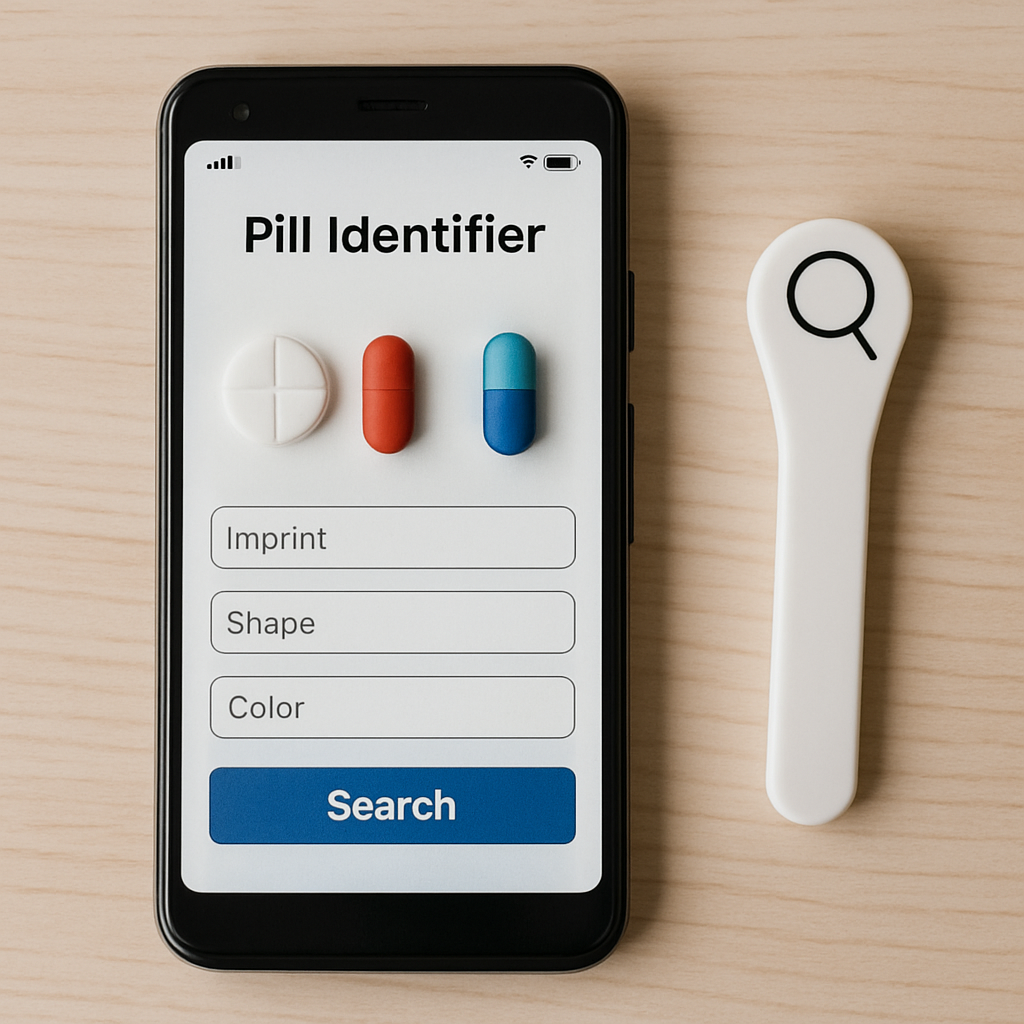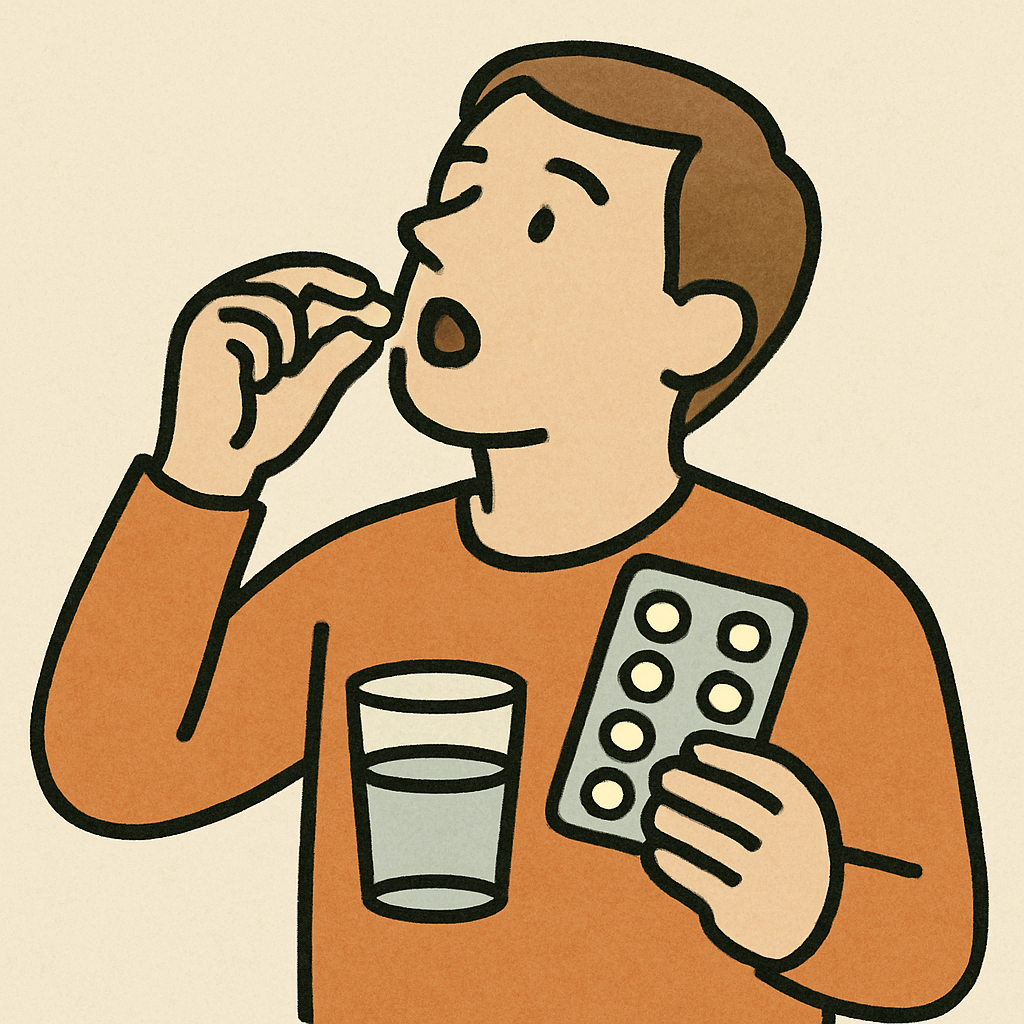Managing medications effectively is a cornerstone of maintaining good health, especially when dealing with prescription drugs such as escitaloprã. This medication, frequently prescribed for mental health conditions like depression and anxiety, requires careful identification to ensure proper use. Understanding how to identify your escitaloprã M 20 mg pill is crucial for ensuring you’re taking the right medication in the correct dosage.
In this comprehensive guide, we will explore the intricacies of escitaloprã, detail how to identify the 20 mg pill, and provide extensive information on its usage and effects.
Escitaloprã, commonly recognized by its generic name escitalopram, is a selective serotonin reuptake inhibitor (SSRI). This class of medications is widely used to manage major depressive disorder and generalized anxiety disorder. By enhancing serotonin levels in the brain, escitaloprã plays a significant role in improving mood, emotional state, and sleep quality.
Escitaloprã works by blocking the reabsorption (reuptake) of serotonin in the brain. This process increases the availability of serotonin, a neurotransmitter linked to mood regulation. Enhanced serotonin levels contribute to improved mood, reduced anxiety, and overall emotional stability.
Beyond treating depression and anxiety, escitaloprã may be prescribed for other conditions. It is sometimes used in managing obsessive-compulsive disorder (OCD) and panic disorder, demonstrating its versatility in mental health care. Each condition requires specific dosage adjustments and monitoring to ensure effectiveness.
The benefits of escitaloprã extend beyond mood improvement. Patients often experience a reduction in anxiety levels, better sleep patterns, and enhanced daily functioning. This medication can significantly improve the quality of life for individuals struggling with mental health disorders.

Accurate pill identification is crucial for avoiding medication errors. Mistaking one medication for another can lead to ineffective treatment or potentially harmful side effects. Understanding the specific characteristics of your escitaloprã M 20 mg tablet is essential for safe and effective use.
Avoiding Medication Errors
Medication errors can have serious consequences, ranging from ineffective treatment to severe health complications. By correctly identifying your pills, you minimize the risk of taking the wrong medication or incorrect dosage, thus enhancing treatment efficacy and safety.
Tools for Pill Identification
Various tools are available to assist with pill identification. Online resources, such as pill identifier tools, allow you to input specific characteristics of your medication to verify its identity. Additionally, pharmacists are valuable resources for confirming pill identification.
Importance of Manufacturer Variations
Different manufacturers may produce pills with varying appearances, even for the same medication and dosage. Being aware of these variations is vital, as it ensures that you recognize your medication regardless of the manufacturer, maintaining consistent treatment.
How to Identify Escitaloprã M 20 mg
Escitaloprã M 20 mg tablets possess distinct characteristics that set them apart from other medications. Recognizing these features ensures that you are taking the correct medication.
Physical Characteristics
Escitaloprã M 20 mg tablets are typically:
- Shape: Round
- Color: White
- Imprint: The tablet may have specific letters and numbers imprinted on it, which can vary depending on the manufacturer.
If you have a tablet that matches this description but remain uncertain, consult your pharmacist or utilize an online pill identifier tool for verification.
Escitaloprã Usage Guidelines

Taking escitaloprã correctly is pivotal to its effectiveness. Here are detailed guidelines to follow:
Dosage
The standard dosage for escitaloprã depends on the condition being treated, age, and individual response. The 20 mg dose is typically regarded as a higher dose, prescribed by your healthcare provider based on your specific needs.
How to Take Escitaloprã
- Timing: Escitaloprã is usually taken once daily, either in the morning or evening. Consistency in timing helps maintain stable drug levels in your system.
- With or Without Food: It can be taken with or without food. If you experience stomach upset, taking it with food might alleviate discomfort.
- Regularity: Aim to take your medication at the same time each day to establish a routine, enhancing treatment adherence and effectiveness.
Monitoring and Adjustments
Regular monitoring by your healthcare provider is essential when taking escitaloprã. Dosage adjustments may be necessary based on your response and any side effects experienced. Open communication with your doctor ensures optimal treatment outcomes.
Potential Side Effects
Like all medications, escitaloprã can cause side effects. Being informed about them can help you manage them effectively.
Common Side Effects
Some common side effects include:
- Nausea: Often occurs initially but tends to diminish as your body adjusts.
- Insomnia: Difficulty sleeping may arise, requiring adjustments in medication timing or additional interventions.
- Fatigue: A sense of tiredness or lethargy is possible, particularly at the beginning of treatment.
- Dry Mouth: Staying hydrated and using sugar-free gum or lozenges can alleviate this symptom.
- Increased Sweating: Some individuals may experience increased sweating, which often subsides over time.
These side effects are generally mild and tend to diminish as your body acclimates to the medication.
Serious Side Effects
While rare, serious side effects can occur. Seek medical attention if you experience:
- Severe Mood Changes: Any significant changes in mood, such as increased irritability or agitation, should be reported to your healthcare provider.
- Suicidal Thoughts: If you experience thoughts of self-harm or suicide, seek immediate medical help.
- Signs of an Allergic Reaction: Rash, itching, or swelling are indicators of a potential allergic reaction and require prompt medical attention.
Managing Side Effects
Effective management of side effects involves open communication with your healthcare provider. They can provide strategies to alleviate discomfort and make necessary adjustments to your treatment plan to enhance your overall experience.
Drug Interactions
Escitaloprã can interact with other medications, potentially altering its effects. It’s crucial to inform your healthcare provider about any other drugs you are taking, including over-the-counter medications and supplements.
Notable Interactions
- MAO Inhibitors: Combining escitaloprã with MAO inhibitors can lead to dangerous interactions, necessitating careful monitoring and timing between these medications.
- NSAIDs: Increased risk of bleeding when taken with escitaloprã, highlighting the importance of discussing all medications with your healthcare provider.
- Other SSRIs: Avoid taking multiple SSRIs simultaneously to prevent compounded effects and potential side effects.
Importance of Disclosing All Medications
Providing your healthcare provider with a comprehensive list of all medications and supplements you are taking is critical. This information enables them to identify potential interactions and adjust your treatment plan accordingly.
Storing Your Medication

by Michael Pepper (https://unsplash.com/@shortformichael)
Proper storage of escitaloprã helps maintain its effectiveness. Here are essential tips for storing your medication:
Optimal Storage Conditions
- Temperature: Store at room temperature, away from direct sunlight and moisture. Extreme temperatures can affect the medication’s efficacy.
- Location: Keep in a secure place, out of reach of children and pets, to prevent accidental ingestion.
- Packaging: Retain the medication in its original packaging to prevent confusion and ensure its integrity.
Traveling with Medication
When traveling, ensure that your escitaloprã is stored in a secure, temperature-controlled environment. Carry it in its original packaging to facilitate easy identification and avoid any issues with transportation.
What to Do If You Miss a Dose
Missing a dose can happen to anyone. If you miss a dose of escitaloprã, take it as soon as you remember. If it’s close to the time for your next dose, skip the missed dose and resume your regular schedule. Do not double the dose to catch up.
Strategies to Prevent Missed Doses
Implementing strategies such as setting alarms, using pill organizers, or integrating medication intake into your daily routine can help prevent missed doses, ensuring consistent treatment and optimal results.
Handling Missed Doses
If missed doses become frequent, consult your healthcare provider. They can provide guidance on managing your medication schedule effectively and explore potential adjustments to your treatment plan if necessary.
Conclusion
Identifying and understanding your escitaloprã M 20 mg pill is a critical step in managing your medication safely. By familiarizing yourself with its appearance, usage guidelines, and potential side effects, you can ensure you’re taking your medication correctly and effectively.
Importance of Regular Consultation
Regular consultation with your healthcare provider is vital for effective treatment. They can monitor your progress, make necessary adjustments, and address any concerns you may have, ensuring a safe and effective treatment journey.
Empowering Your Health Journey
Remember, this guide is for informational purposes only. Always consult your healthcare provider or pharmacist for medical advice specific to your situation. Stay informed, stay safe, and take control of your health with confidence.

